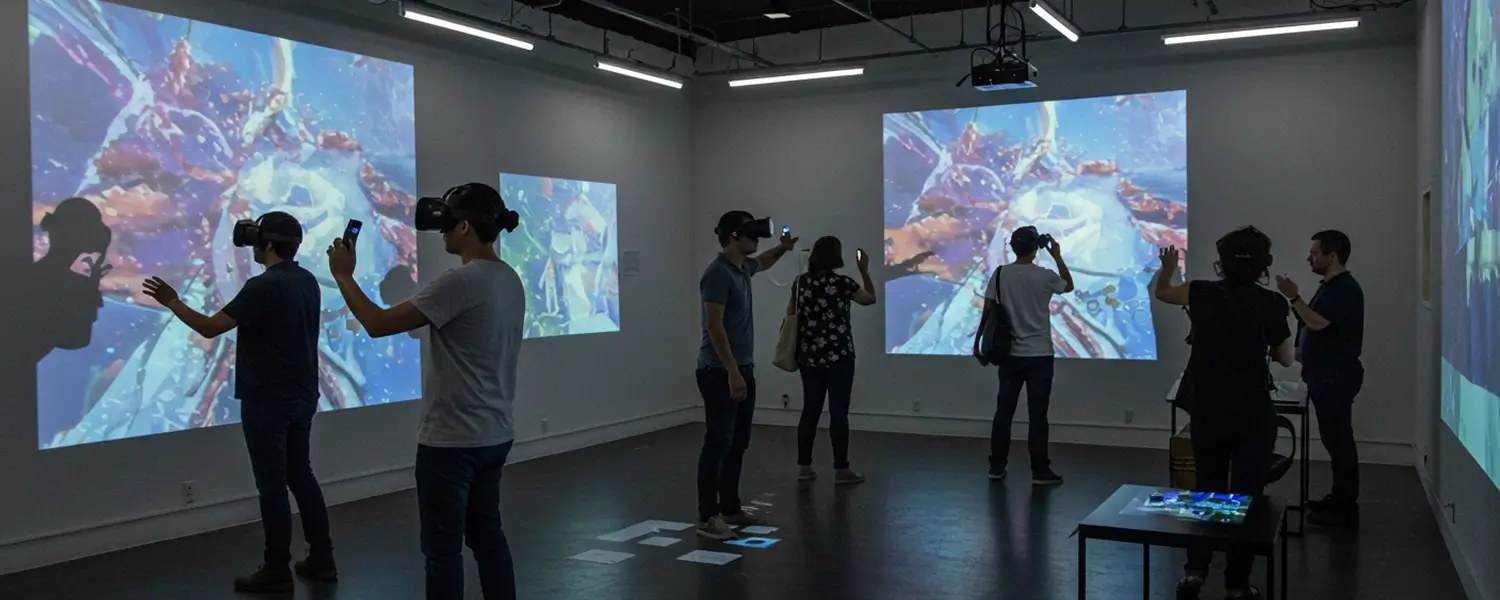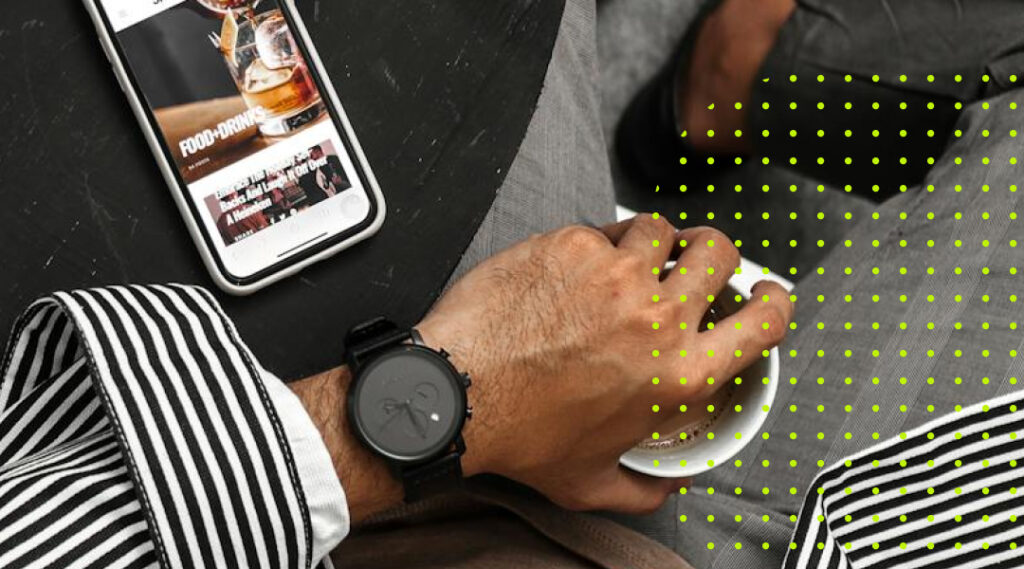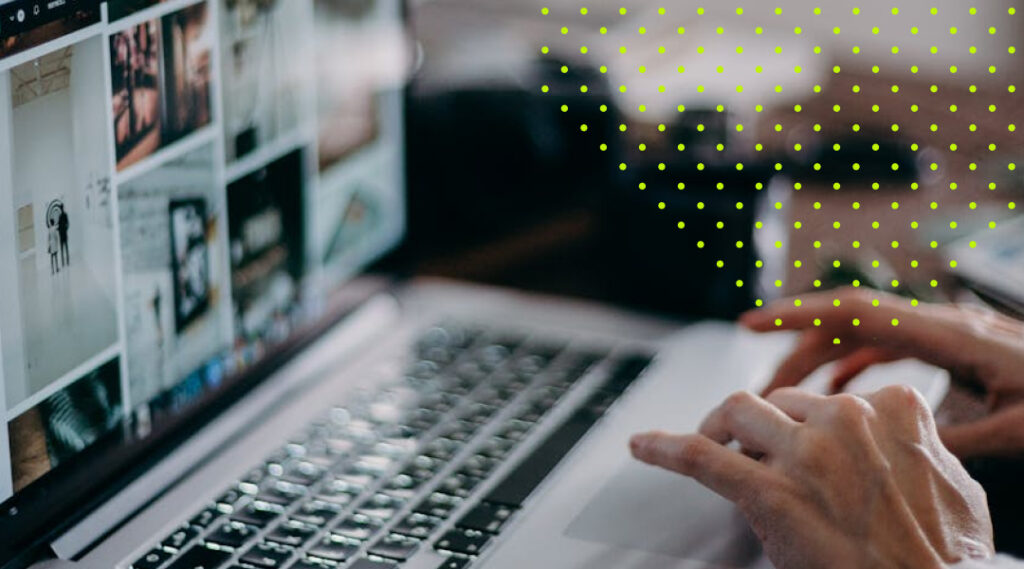In the world of art, the boundaries between the physical and digital spaces have become increasingly blurred. Today, immersive art installations are no longer confined to physical sculptures or painted canvases; they now thrive in virtual worlds, augmented environments, and interactive digital experiences. These installations push the limits of what art can be, inviting audiences to step inside and engage with the work in entirely new ways.
As a creative agency that has been involved in high-profile projects like Derby’s FORMAT festival and Glitched exhibitions at QUAD, we’ve seen first-hand how technology is transforming the art world. From virtual reality (VR) to augmented reality (AR), these digital tools are shaping the future of art installations. If you’re an artist or curator looking to create a cutting-edge digital installation, here’s how you can bring your vision to life using technology and digital experiences.
1. Explore the World of Virtual Reality (VR)
Virtual reality has revolutionised the art installation space, offering artists the ability to create fully immersive, interactive experiences that transcend the physical world. With VR, visitors can step into a completely digital environment, experiencing your artwork as if it were real.
At FORMAT festival, we worked with artists who used VR to create digital landscapes, where viewers could explore new worlds through a VR headset. The beauty of VR is that it allows for infinite creative possibilities. You’re no longer limited by physical space—your art can stretch across vast virtual environments, creating experiences that are interactive, engaging, and deeply personal.
When working with VR, it’s important to focus on the user experience. The goal is to make your audience feel as though they’re part of the world you’ve created. Whether you’re building a dreamlike virtual environment or an interactive experience, make sure the technology supports your artistic vision and enhances the overall experience.
2. Augmented Reality: Merging Digital and Physical Worlds
Augmented reality offers an exciting way to layer digital experiences onto the physical world. Unlike VR, which creates an entirely virtual environment, AR enhances what’s already there, blending digital elements with the real world in real-time.
For example, during the Glitched exhibition at QUAD, we helped bring static artwork to life using AR technology. Viewers could use their smartphones or AR glasses to scan the art and watch it transform into animated pieces or interact with virtual elements. AR offers an incredible opportunity to push the boundaries of traditional art and engage audiences in a dynamic, immersive way.
The key to successful AR art installations is ensuring that the digital elements feel seamlessly integrated with the physical environment. The interaction should be intuitive, and the digital content should enhance, rather than distract from, the physical artwork. By creating an engaging AR experience, you can draw your audience into the story you’re telling and invite them to explore your art in new ways.
3. Interactive Digital Installations: Creating Immersive Experiences
Incorporating interactive technology into your art installation is a great way to increase engagement and make your artwork more dynamic. Interactive installations allow the audience to become an active participant, influencing the artwork and helping to shape the experience.
At FORMAT, we’ve seen how interactive digital installations can transform an exhibition. For example, motion sensors, touchscreens, and even facial recognition can allow your audience to directly interact with your art. A piece might change based on the viewer’s movements, or digital projections might respond to the touch of a hand.
These kinds of installations are not only exciting for viewers but also challenge traditional ideas of passive observation. By allowing visitors to engage with the art, you create a more memorable and personal experience. The more responsive your installation is, the more likely your audience will feel connected to it.
4. Integrating 3D Design and Projection Mapping
When it comes to creating large-scale installations, projection mapping is an essential tool for any digital artist. Projection mapping allows you to project visuals onto physical surfaces—buildings, sculptures, or even landscapes—transforming them into immersive canvases.
We’ve worked on several projects where projection mapping played a major role in creating dynamic, ever-changing art. By using 3D design software, you can map projections onto objects in a way that makes them appear to move, shift, or come to life. The beauty of projection mapping is that it can be used on virtually any surface, creating a sense of depth and movement that a traditional painting or sculpture simply can’t achieve.
The key to a successful projection mapping installation is making sure the visuals are perfectly aligned with the surface. Proper planning and design are crucial to ensure the projections look seamless and interact with the environment in the way you intend.
5. Leveraging AI to Create Evolving Art
Artificial intelligence is another exciting frontier in the world of digital art installations. AI can be used to generate new artwork in real-time based on input from the audience, creating an ever-evolving experience. Imagine an installation where the artwork adapts to the emotions of the viewer or where data from the crowd is used to influence the art as it develops.
During our work with the Glitched exhibition at QUAD, we experimented with AI-driven art that responded to visitors’ movements and actions. For example, the art could change shape or colour based on a viewer’s proximity, creating a unique experience for every individual. By using AI, you can create installations that are not only interactive but also unpredictable, offering audiences something new every time they engage with the work.
6. Data-Driven Art: Creating Immersive Digital Experiences
Incorporating data into your installation can create an immersive, personalised experience for your audience. Whether it’s real-time data visualisations, sensor-based interactions, or crowd-sourced content, using data can add a layer of depth to your work that’s both engaging and thought-provoking.
For example, at FORMAT festival, we used live environmental data to shape projections in real-time. This could be anything from weather patterns to social media feeds, allowing the artwork to evolve based on external factors. This form of data-driven art creates a sense of connection between the viewer and the world around them, giving them the opportunity to engage with your installation in a way that’s uniquely tied to the present moment.
7. The Future of Digital Art Installations
As technology continues to evolve, the potential for digital art installations seems limitless. With advances in VR, AR, AI, and interactive design, artists now have an unprecedented opportunity to create experiences that engage audiences in deeply immersive ways. But technology alone doesn’t make a great installation—it’s how the technology enhances your artistic vision that counts.
In the coming years, we’ll see even more innovation in this space. From more realistic VR environments to more sophisticated AI interactions, the future of digital art installations is bright, and the possibilities are only beginning to be explored.
As artists and curators, embracing these new technologies allows you to push the boundaries of what art can be. Whether you’re creating an interactive VR environment, an augmented reality experience, or an AI-driven installation, the digital space offers endless possibilities for artistic expression.
Conclusion: Transforming Art with Digital Technology
Digital art installations offer a unique opportunity to reimagine how art is experienced. By using tools like VR, AR, AI, and interactive design, you can create immersive, engaging art that challenges perceptions and invites audiences to participate in new ways.
At our creative agency, we’ve had the privilege of helping artists push the boundaries of art installations by embracing these technologies. Whether it’s collaborating on a digital experience for FORMAT or helping artists bring their visions to life at QUAD, we’ve seen first-hand how digital technologies can transform the art world.
As the world of digital art continues to evolve, we’re excited to see what the future holds—and we can’t wait to help create the next wave of innovative, immersive art installations.




